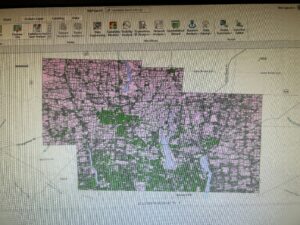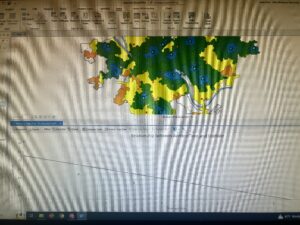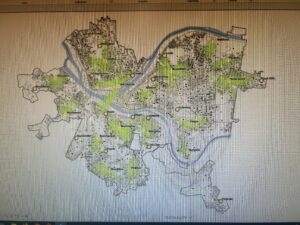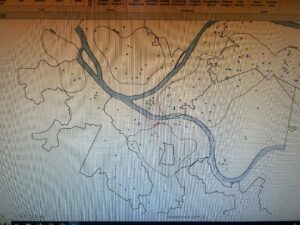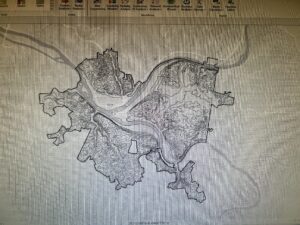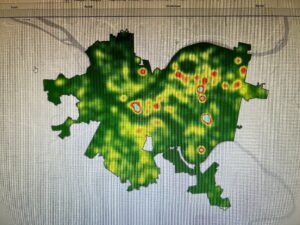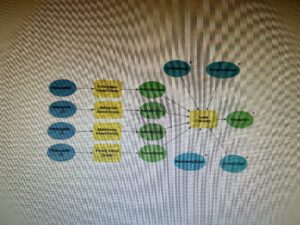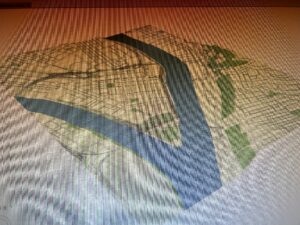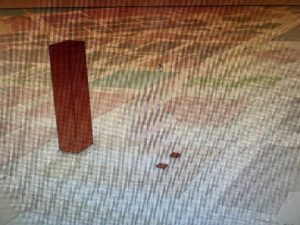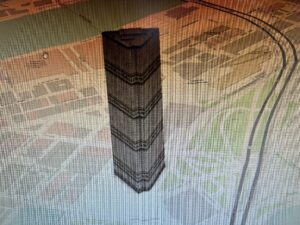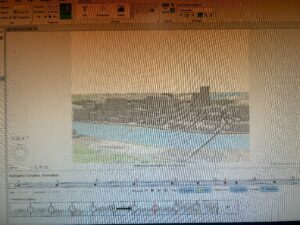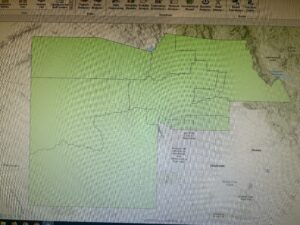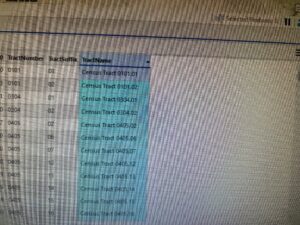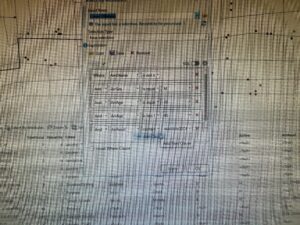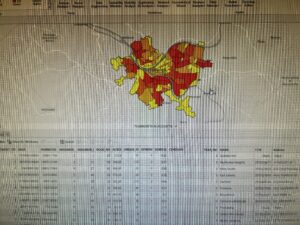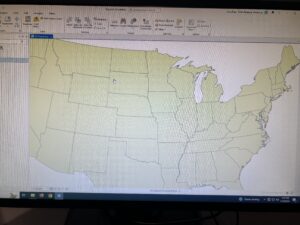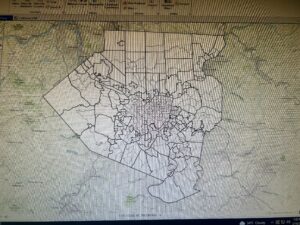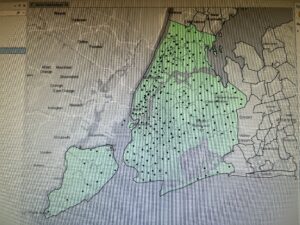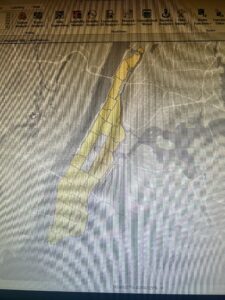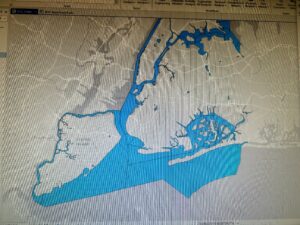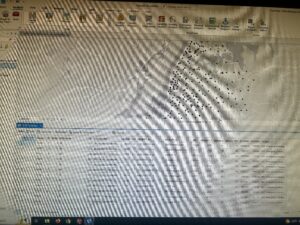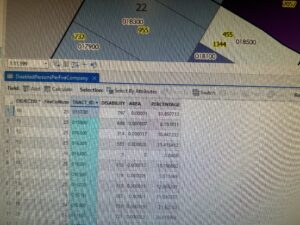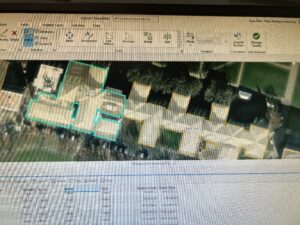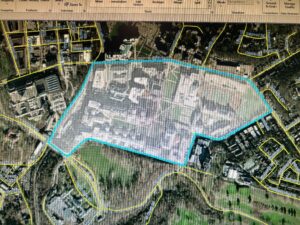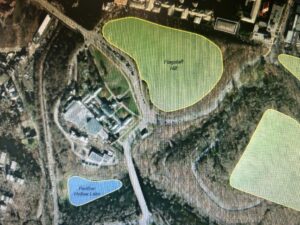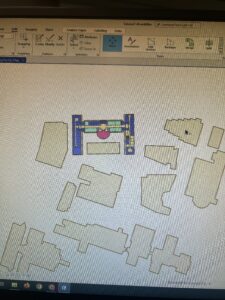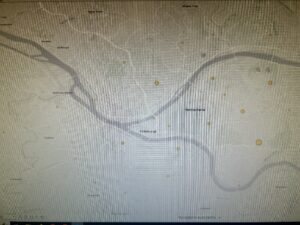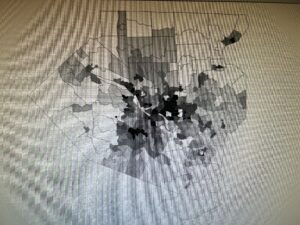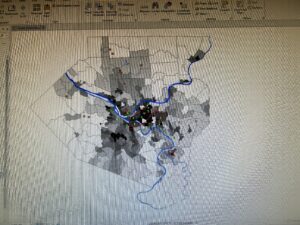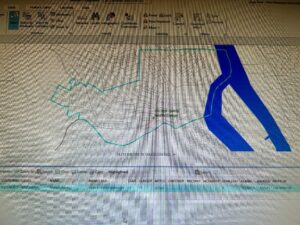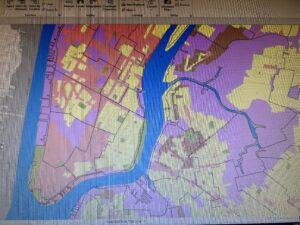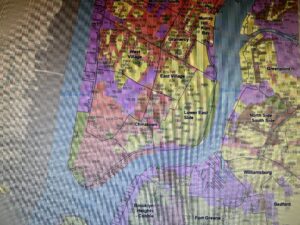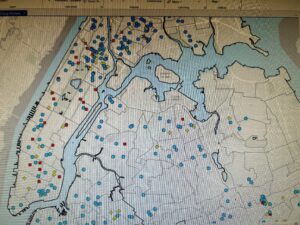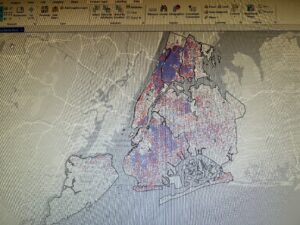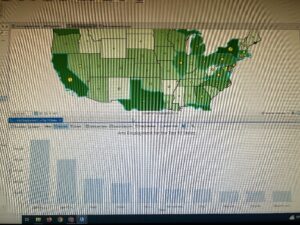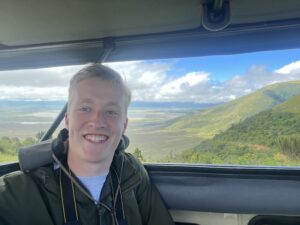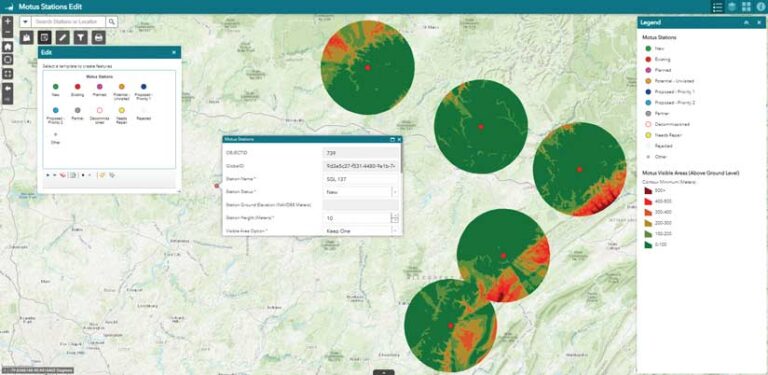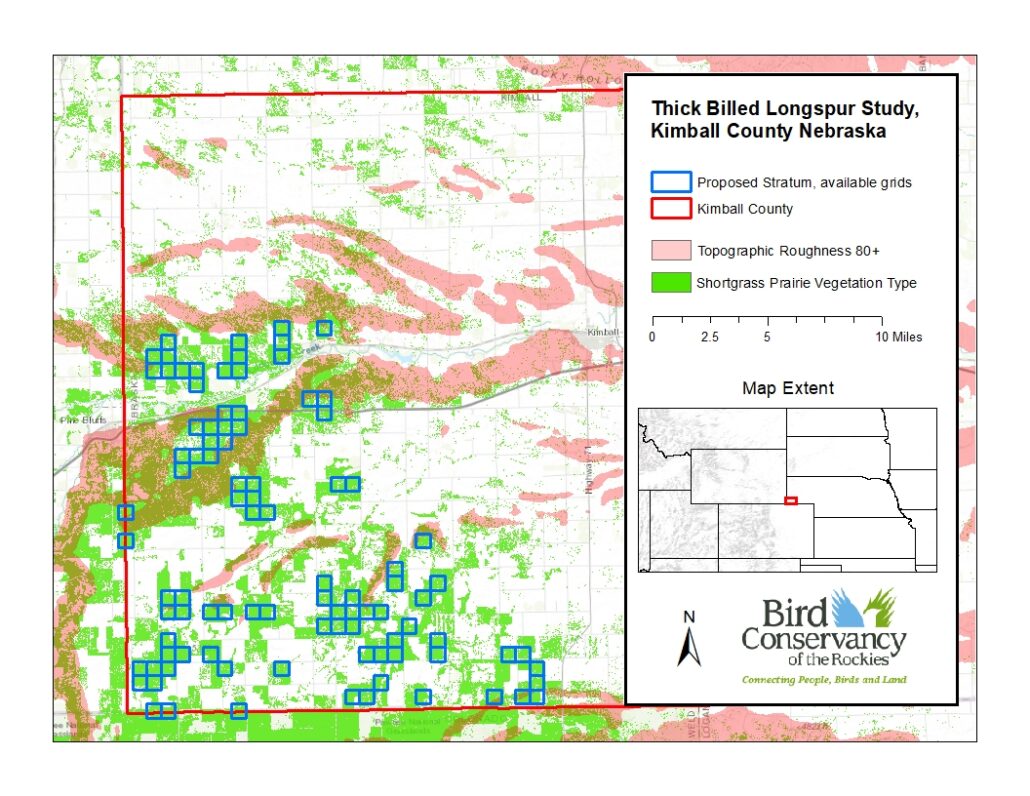Chapter 4:
This chapter discusses what mapping density is and how it can be used for GIS work. I honestly have never thought about this kind of mapping, but it does relate to some important concepts such as population and urban densities. After the chapter defines mapping density and its importance, the chapter talks about how you figure out what to map for mapping density. You can either use point or line methods for this, which is related back to Chapter 3. In general, there are two ways to map density. The first way is to map it by defined areas, which correlates to dividing the total number of features to the area given, which gives the density of each defined area. The second way is through density surface. This method seems more complicated for me to understand, but it does seem like it shows more information compared to the defined areas method. The chapter then dives further into using both methods, and how to undergo both methods using GIS. For the density of the defined areas, one method besides calculating a density value, you can use a dot density map for the defined areas. This allows more accurate representation of where the density is taking place in the given areas. To undergo the second method, the first thing to do is to calculate the density values that you would use. To do this, you need to know factors such as cell size, search radius, the calculation method, and the units that you are willing to use. Overall, these steps seem quite confusing for me, as the process seems more complicated for the density surface. Once the data is presented on the map, then you need to figure out how to present the given data. It is important to know things such as what colors to use to represent the density, along with using the proper contours.
Chapter 5:
When I first started to read the chapter, I honestly had no idea what “finding what’s inside” actually meant. From what I have interpreted, this chapter focuses on helping pinpoint or to highlight certain features found within a given area of a map. This allows those to see more detail on what is going on in a specific area of interest. When undergoing this process, you need to define the actual area you want to focus on. This area does not have to be a single region, as it can pinpoint other surrounding areas as well. You also want to figure out if the area is either discrete or continuous, which relates to other ideas discussed in the first two chapters. The next question that needs to be addressed is the kind of information that you are trying to collect. It is also important to note that all the features that are being measured within the given areas can also be found outside the given area being measured as well. Overall, there are three ways to make these areas inside. The first method is drawing areas and features, which seems to be a quick and easy method, but it does not provide precise measurements in the areas. The second method is selecting the features inside the area, which gives good insight into one area, but only that one selected area. The final method is overlying the areas and features, which gives the most accurate and precise representation of the data, but is the most complicated process. The chapter then goes on to explain which method one should choose and the process of completing the method of choice. All these methods seem complicated and require multiple steps to complete in my opinion.
Chapter 6:
The start of this chapter seems quite similar to what chapter 5 had to entail. However, what makes this chapter different is that it allows one to define a set distance or feature, which allows one to see what occurs within that area. From what I understand, this allows us to predict how adding something to an area will affect that area, whereas chapter 5 looks at what is already defined in a given area. The first step to this process is to determine the distance of a given area. Then, you need to figure out what kind of information that you want to collect. Usually, this either involves gathering a count, list, or a statistical summary. Another important idea to consider is the amount of ranges that you need, as there can be multiple given ranges within a map. Once those steps are complete, there are three methods to undergo finding what’s nearby. The first method is straight-line distance, which measures distance and is quick and easy to use, but it only gives a rough estimate of the distance. The second method is distance/cost over a network, which can measure either and is more precise, but it requires an accurate network layer. The third method is cost over a surface, which measures cost which allows one to combine multiple layers, but it requires data from multiple sources. The chapter then goes on to explain what method to use and how to use the said method through GIS. Like the previous chapter, the steps to undergo any of these methods seem quite complex. However, I feel like using this book as a guide when it comes to actual GIS work will not be a bad idea, as this book does contain useful introductory information.
